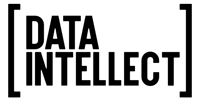Rowing Together: Down the river of Backoffice Digital Transformation
I have a favourite rowing quote that runs around my head since I cracked open Patrick Lencioni’s “Five Dysfunctions of a Team”: “If you could get all the people in an organisation rowing in the same direction, you could dominate any industry, in any market, against any competition, at any time.” Surprising, isn’t it? But that’s the beauty of a powerful analogy is it ties together the unexpected that makes sense to all of us.
Around four years ago, I jumped into the world of rowing. I won’t lie, it’s been an absolute thrill. I even roped in Ryan, the other half of 1801’s Co-founding duo. Now, there’s been talk of the parallels between rowing and business for a long time, and I confess, it all seemed a bit vague before my rowing days. But now, amidst the oars, the water and the training, those connections are really making sense.
Rowing, you see, isn’t just about individual strength – it’s about synchronisation, between all the crew and the boat. Picture this: everyone in the boat, rowing in perfect harmony, even if it means doing something “wrong” together. Leaning out? Yup, that too. If we all lean out equally opposite to one another, the boat “sits” perfectly – and you get one thing in abundance, speed! That’s the crux – rowing together is the classic example of a connected system being greater than the sum of its parts.
Now, let’s steer that analogy toward your business systems. You might have top-notch tools like Salesforce, Sage, and Hibob doing their own thing brilliantly. But if they’re speaking different languages, you’re left with islands. Picture this – while they might handle solo rowing well, bringing them together to row in perfect synchronisation and to achieve a united outcome requires a delicate balance. Without careful execution, you risk “upsetting” the digital boat.
Our crew’s shot at the Henley Royal Regatta qualifiers this year was a daring move (here’s to better luck next time!). As spectators the following week, watching the “club” crews row alongside “international” crews, the gap really hit home (We are club crew level). It’s like comparing local champs to global dominators. The difference? Well, it’s the symphony of perfected rowing together that sets the international crews apart.
Now, let’s dive into the tech world. Imagine you’re an international crew, you have an integrated backoffice systems landscape, you’re in a different league. Data arrives faster and cleaner, driving quicker decision making. And let’s talk about your star performers and leaders – they shine brighter when able to focus on collective outcomes driving valuable insights, instead of being buried under spreadsheets. With smooth systems, they’re belting out game-changing insights, boosting your edge over time and winning together.
Consider the scenario of a professional services firm – their revenue hinges on billable client work executed by consultants. When the firm comprises merely ten consultants, a basic spreadsheet tracker appears to have all the answers – utilisation, margins, and skill sets. But envision this on a larger scale, say, a bustling professional services division with 250 individuals. Suddenly, the insights gleaned from that trusty spreadsheet or homemade system fall short of the mark. The inadequacies become evident – the inability to gauge spare capacity, comprehend project margins, or differentiate profitable clients from burdensome ones. And let’s not forget the challenges of adapting nimbly to the tides of supply and demand during forecasting.
However, armed with clean, connected data, the game changes. You’d possess the insights needed to understand your capacity, determine the optimal balance between hiring and internal resourcing for projects using systemised pipeline forecasting, identify your profitable clients, negotiate robustly for higher client renewal rates with less profitable clients, and make informed adjustments to your hiring plan based on pipeline demand. In other words, fine tuning your digital boat!
“Hey, hold up, this sounds great, but isn’t it a lot of work?” you ask. Yep, it’s not a walk in the park, I’ll give you that. A full-blown backoffice digital transformation is no small feat. But here’s the deal – it’s a journey. Maybe it’s not the right time for you now, and that’s cool. But if you’re grappling with any of the following, it might be time to consider how to begin steering the course;
- Are we ready to scale through acquisition?
- Is growth hampering team efficiency?
- Should we rein in our operational FTE growth?
- Do we trust the data we are presenting?
- Do we struggle to make quick data driven decisions?
- Can we meet our Board’s reporting demands?
The bigger projects take time – 2 months up to 2 years, depending on your size. Money’s in the mix too – systems aren’t cheap, and neither are the wizards who implement them. Let’s not forget, it’s not easy finding someone who can juggle the cross-functional projects bringing together the end-to-end vision.
So, when is the golden hour for a backoffice digital transformation? Truth be told, it’s different for every organisation. But if the obstacles we’ve talked about strike a chord, give us a shout. No strings attached, promise.






